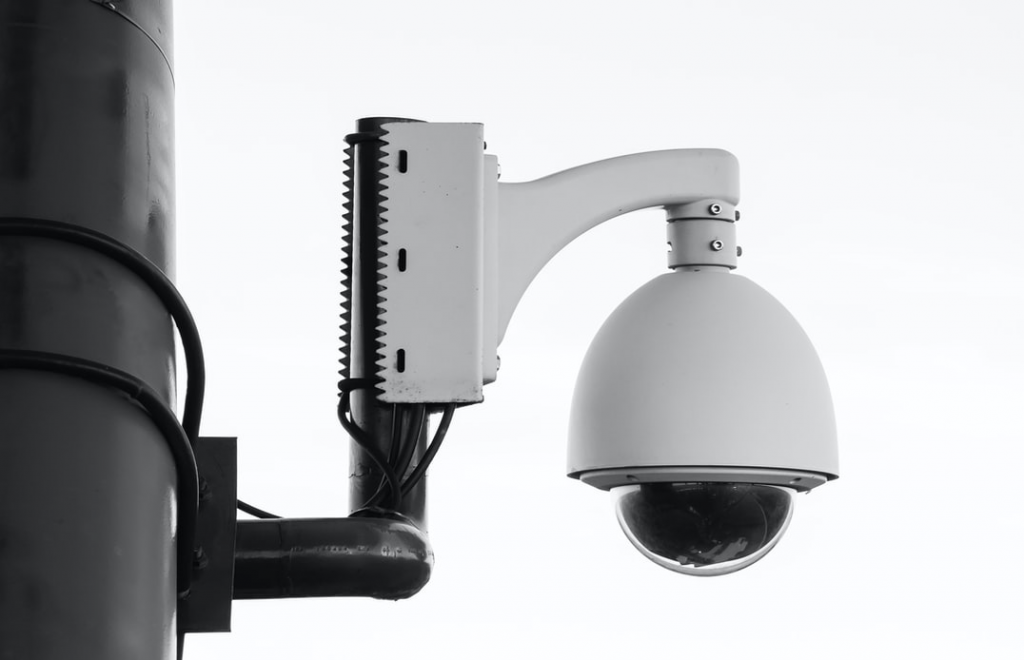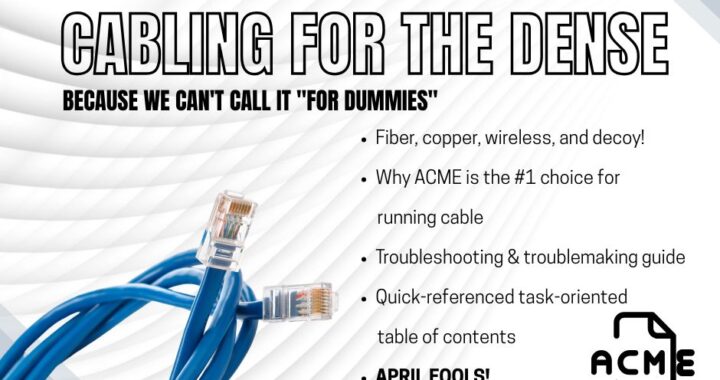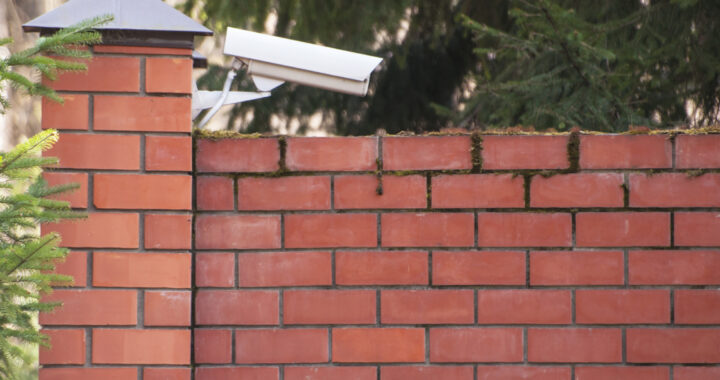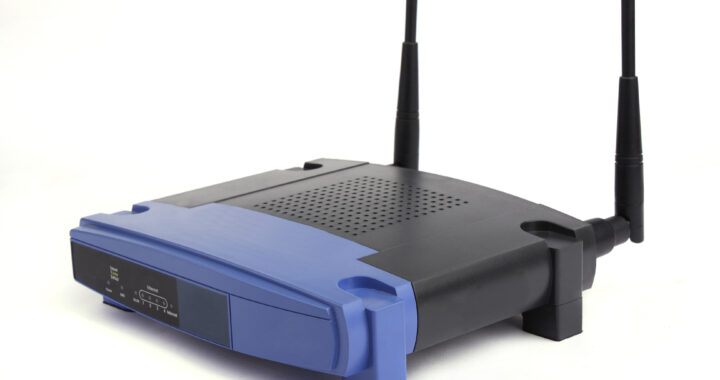
Halloween is mere days away and we’ve already touched on scary technology problems for small business. This time of year, business owners tend to also worry about vandalism and general mischief. And with this concern, comes requests for surveillance and crime prevention.
While your business likely won’t suffer from any major issues this Halloween, over the course of a lifetime of a business, problems can occur and it’s best whenever possible to do what we can to prevent it. What can you do to keep your business safe and what should you expect from a security professional?
In the security professions we talk about the triangle of necessities for a crime to occur – skill, desire, and opportunity. Skill refers to the ability of a specific person to commit a potential crime. Desire is that person’s desire to commit the crime. Opportunity is whether there are circumstances available for a crime to occur. Because we have no control of a potential vandal or shoplifter’s skill or desire, we focus on limiting opportunity.
The more you can do within your business environment to remove opportunity, the more likely you are to prevent a crime.
In a retail establishment, limiting opportunity can involve inventory control, sightline planning, and of course, surveillance. Although this article will specifically be giving retail examples, with slight changes all of our recommendations regarding behaviors and equipment can be used in your strategy for deterrence, surveillance and crime prevention.
Inventory Management
One simple behavior a business owner or manager can do to prevent theft is to keep your most valuable items out of site or at least inconveniently placed for easy shoplifting. Some items can be kept behind the counter.
Another form of inventory management is one you’ve likely seen in grocery or box stores - theft deterrent packaging. Theft deterrent-packaging comes in a few forms. In grocery and box stores you are likely to find small but valuable items either tied to a counter or in a large plastic housing that needs to be unlocked by an employee. These packages can set off an alarm if brought out through a store exit. Another form of this theft deterrent is used in department stores. Tamper resistant tags are affixed to clothing that will leak out ink if someone tries to remove them.
When keeping inventory behind a counter or in theft-deterrent packaging isn’t feasible just make sure that there’s not a short or easy path to get from your most Valuable merchandise or assets and an exit. That type of inventory control goes hand in hand with sightline planning.
Creating Good Sightlines
Another simple precaution business owners can take to keep their inventory and employees safe is creating a floor plan that keeps the whole store in sight.
Nooks and crannies are great in breakfast pastries but in a store, allowing a potential thief an out of site corner creates the opportunity for illegal activity to occur.
Typically, it’s not possible to see an entire store from one location but a store should be set up so that there is no point that can’t be easily seen from at least one employee from a common vantage point.
One other way to increase visibility is to install mirrors at strategic locations within a store. Not only do mirrors increase visibility for employees, but they have the extra added benefit of decreasing theft. As I mentioned in a previous surveillance blog, people are less likely to shoplift if they have to see themselves doing it.
Electronic Equipment: Alarms, Access Control, Surveillance and Crime Prevention
Finally, electronic security equipment can go a long way toward helping security. Equipment can be either preventative or more about document incidents after the fact.
Preventative equipment can include items like door access control and cameras.
Access control systems allows you to buzz people into the building and keep track of who uses ID cards to come and go.
Many business also set up alarm systems to detect break-ins. These can be helpful for deterrence but it should also be noted that over 90 percent of all alarm activations are false alarms. These can be a result of an employee forgetting a code, an animal tripping the center, faulty or poorly set-up equipment and many other factors.
Finally, cameras can deter potential criminal activity and increase your sightlines both physically and in the fourth dimension (time). For that reason, along with common sense measures and access control equipment, surveillance and crime prevention go hand in hand.
Cameras, coupled with monitors (screens) can allow a single employee to have eyes on the entirety of a building. Add to that motion detecting software and you can automatically have attention drawn to areas of activity. IP technology allows offsite employees to monitor activity from an offsite PC and/or smart phone.
In a future post, we will be sharing what to think about when setting up your surveillance system. But to sum up a few of the most important things to consider: you will need adequate storage, enough cameras to capture the entire area and camera sightlines that are not blocked. Perhaps most importantly, when seeking help, make sure that the company you are working with is DCJS certified.
A good security professional who is DCJS certified will make sure that any product you buy will be up to the necessary security standards. Any good security prevention professional will walk you through the best set-up and use of your surveillance and crime prevention tools of simpler varieties to keep your workplace safe.


